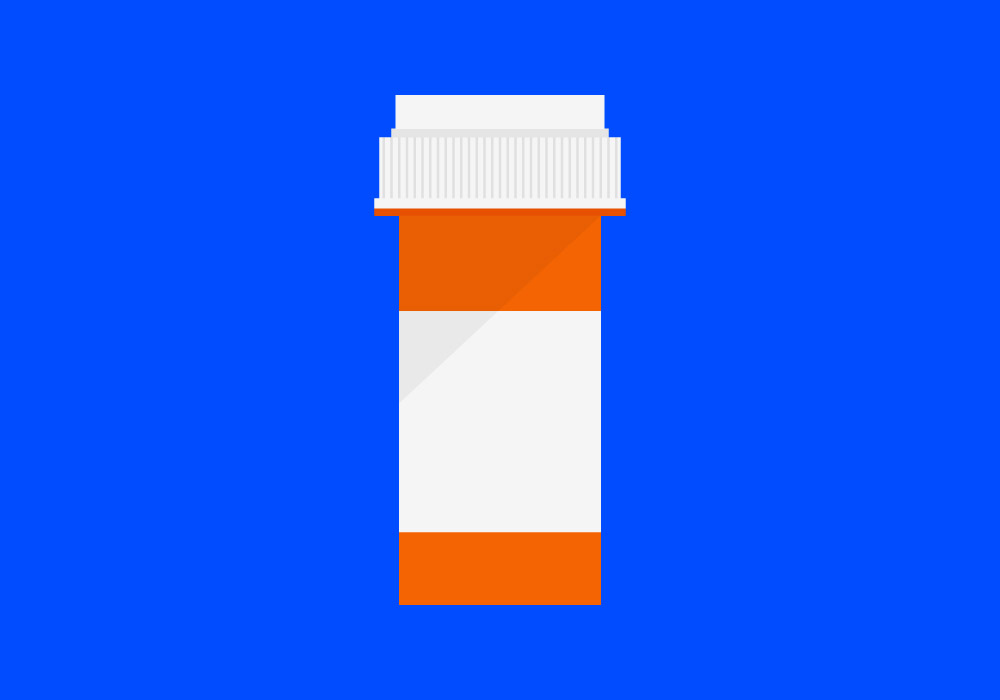
Between 1999-2000 and 2011-2012, 8% more U.S. adults used at least one prescription drug in the past 30 days, according to government survey results. Part of that rise is due to the fact that more medications are continually hitting the market to treat our various ills, from heart conditions to cancer. Some of the increase could also be related to a tendency to overprescribe medications as an easy fix for chronic conditions such as diabetes and hypertension. Either way, the surge is worth noting, say researchers, since it remained strong even after they accounted for the fact that older people, who make up a growing proportion of the population, tend to take more medications.
Reporting in JAMA, Elizabeth Kantor, an epidemiologist from Memorial Sloan Kettering Cancer Center, says that the uptick in prescription drug use “is really not surprising. But the consistency of the trend, and the fact that we saw it in the majority of drug classes, was surprising.”
Overall, 59% of American adults said they used prescription drugs in the 2011-2012 survey, in which public health representatives conducted in person interviews with people as part of the National Health and Nutrition Examination Survey, compared to 51% of adults in 1999-2000. Those who said they used a cholesterol-lowering agent, mostly statins, jumped more than two-fold, or 10%, from 6.9% to 17% in that time period, while people using drugs to control blood pressure increased from 20% to 27%. Use of narcotics, including oxycodone, increased by nearly 2%, a trend supported by recent reports of widespread abuse of the potentially addictive painkillers.
“While the trends were not surprising, we wanted to quantify them,” says Kantor, of the comprehensive breakdown of prescription drug classes and changes in their use patterns over the past decade or so. While she says that the participants themselves answered questions about their drug use and therefore might not have always been truthful, particularly about potentially misuse of drugs such as narcotics, the survey takers did view prescription bottles and labels in 84% of cases.
Kantor hopes that the data might spawn further research to better understand prescription drug use and to refine prescription practices and limit abuse. According to the data, for example, use of antibiotics dropped by 1.5%, which could reflect growing education and awareness of the dangers of overprescribing the medications and of antibiotic resistance. The growing number of people prescribed more than five drugs is also an area of great interest, particularly among those who are over 65 years old (39% of them said they used five or more drugs in the past month), because strong data on the way different drugs interact with each other is not always available. Gender-based differences may also reveal clues about susceptibility and vulnerability to certain conditions as well. The data showed, for example, that the prevalence of antidepressant use was significantly higher among women than among men, although men used drugs overall at twice the rate that women do.
“We hope that people in different areas of research might see different trends and see more or less in these patterns,” says Kantor. “By creating such a broad resource, we hope it’s useful in different ways to different groups.”
More Must-Reads from TIME
- Donald Trump Is TIME's 2024 Person of the Year
- Why We Chose Trump as Person of the Year
- Is Intermittent Fasting Good or Bad for You?
- The 100 Must-Read Books of 2024
- The 20 Best Christmas TV Episodes
- Column: If Optimism Feels Ridiculous Now, Try Hope
- The Future of Climate Action Is Trade Policy
- Merle Bombardieri Is Helping People Make the Baby Decision
Contact us at letters@time.com